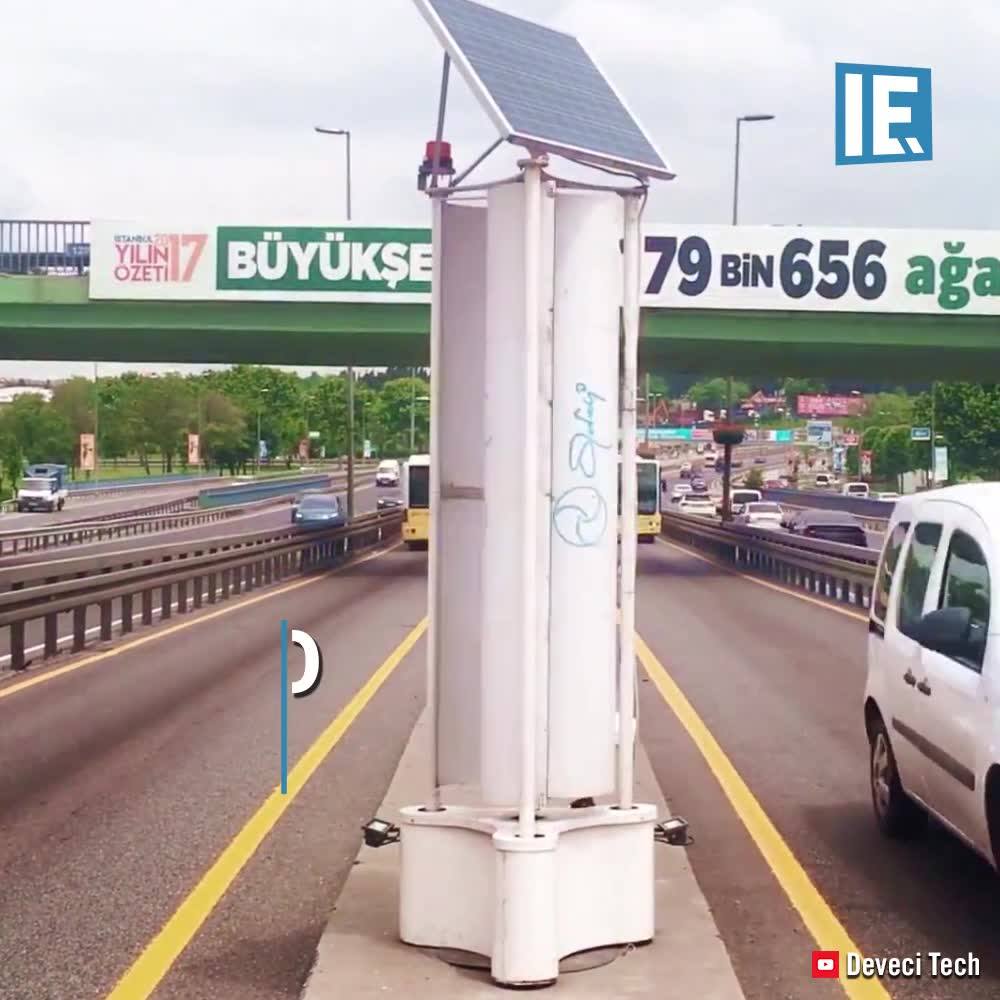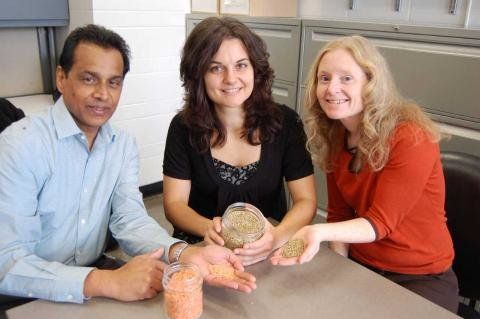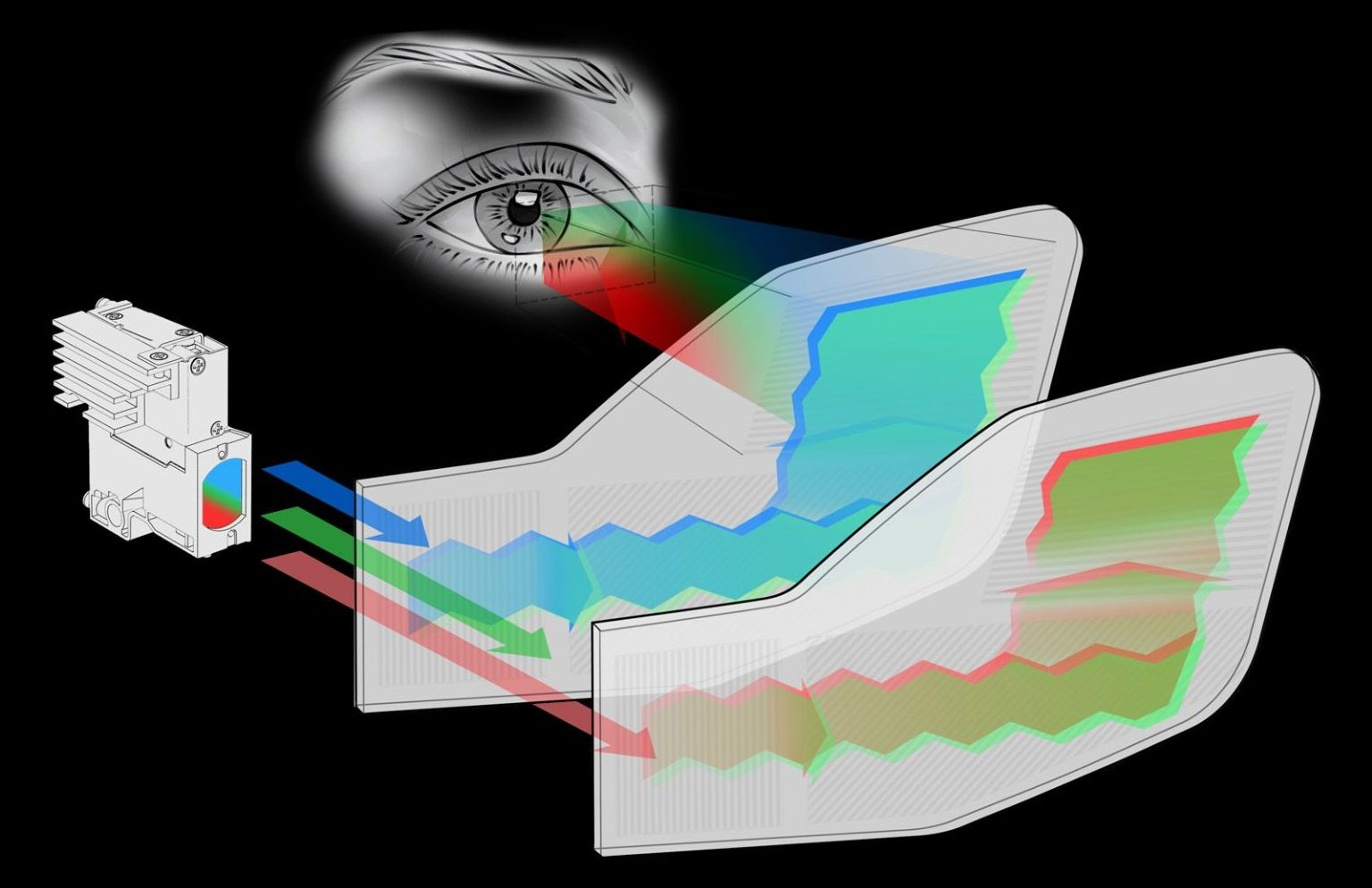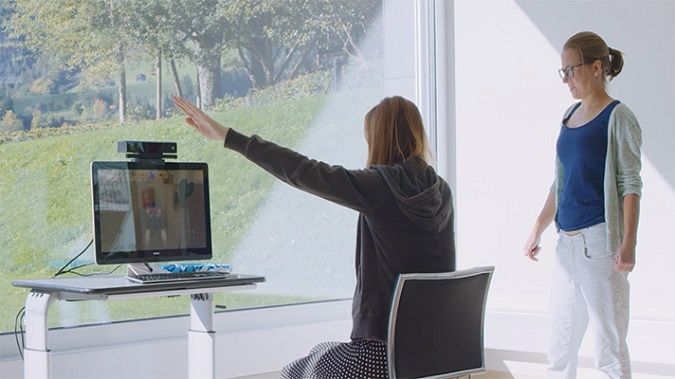Page 10060
Jun 13, 2018
What happens when the AI bubble bursts?
Posted by Genevieve Klien in category: robotics/AI
The experts are warning that an AI winter is coming, but what does that even mean? We examine the AI bubble to determine whether it’s time to worry.
Jun 13, 2018
Glass is the future of data storage
Posted by Shailesh Prasad in categories: computing, futurism
Jun 13, 2018
Lentils significantly reduce blood glucose levels, study reveals
Posted by Nicholi Avery in categories: biotech/medical, food, health
Replacing potatoes or rice with pulses can lower your blood glucose levels by more than 20 per cent, according to a first-ever University of Guelph study.
Prof. Alison Duncan, Department of Human Health and Nutritional Sciences, and Dan Ramdath of Agriculture and Agri-Food Canada, found that swapping out half of a portion of these starchy side dishes for lentils can significantly improve your body’s response to the carbohydrates.
Replacing half a serving of rice with lentils caused blood glucose to drop by up to 20 per cent. Replacing potatoes with lentils led to a 35-per-cent drop.
Continue reading “Lentils significantly reduce blood glucose levels, study reveals” »

These turbines can harness the wind generated by passing busses to generate energy…
Updated: ENLIL has corrected the statement saying “300 turbines will power 20,000 homes” is incorrect. The startup elaborated on the topic, saying tests are promising and still underway.
Jun 13, 2018
DigiLens is Developing a Waveguide Display for 150 Degree XR Headsets
Posted by Klaus Baldauf in categories: augmented reality, virtual reality, wearables
DigiLens, a developer of transparent waveguide display technology, says it’s working toward a waveguide display which could bring a 150 degree field of view to AR and VR (or XR) headsets. The company expects the display will be available in 2019.
Founded in 2005, DigiLens has developed a proprietary waveguide manufacturing process which allows the company to “print” light manipulating structures (Bragg gratings) into a thin and transparent material wherein light can be guided along the optic and be made to project perpendicularly, forming an image in the user’s eye. While DigiLens isn’t the only company which makes waveguide displays, they claim that their process offers a steep cost advantage compared to competitors. The company says they’ve raised $35 million between its Series A and B investment rounds.
While DigiLens’ displays have primarily been used in HUD-like applications, the company is increasingly positioning its wares toward the growing wearable, AR, and VR industries. At AWE 2018 last week, DigiLens Founder & CTO Jonathan Waldern told me that the company expects to offer a waveguide display suitable for AR and VR headsets which could offer a 150 degree field of view between both eyes. He said that a single display could be suitable for AR and VR modes in the same headset by utilizing a liquid crystal blackout layer which can switch between transparent and opaque, something which DigiLens partner Panasonic has developed. A clip-on light blocker or other type of tinting film ought to be suitable as well.
Continue reading “DigiLens is Developing a Waveguide Display for 150 Degree XR Headsets” »
Jun 13, 2018
Are solar panels a middle-class purchase? This survey says yes
Posted by Bill Kemp in categories: habitats, solar power, sustainability
Too bad the middle class is shrinking!
The rate of growth in residential rooftop solar photovoltaics (PV) in Australia since 2008 has been nothing short of breathtaking.
Our new research suggests that the households most likely to join in the solar spree are those that are affluent enough to afford the upfront investment, but not so wealthy that they don’t worry about their future power bills.
Continue reading “Are solar panels a middle-class purchase? This survey says yes” »
The idea of “healthy ageing” is a contradiction in terms.
Suppose you read the following sentence in an article about company management: “This factor is central in achieving successful bankruptcy.” It sounds rather weird, doesn’t it? What if you read this about football team training? “Contrary to popular belief, it is possible to lose a game in a successful way.” These are so-called oxymorons—by Oxford’s definition, “figures of speech in which apparently contradictory terms appear in conjunction.”
The contradictory nature of the statements above is more than just apparent—bankruptcy is the exact opposite of “success” for a company, and the same goes for losing a game for a football team. One can get very creative with these: “a blockbuster fiasco”; “the façade of the building deteriorated nicely”; and so on. Examples closer to home would be “healthy aging” or “aging gracefully”.
Jun 13, 2018
Review current and up-coming rejuvenation therapies
Posted by Michael Greve in categories: biotech/medical, life extension
Really excited to announce our new initiative to make early-stage rejuvenation therapies more accessible.
Our mission is to enable people to vastly extend their healthy lifespan and be part of the first generation to cure aging.
We support the development of rejuvenation therapies that undo the damage of aging by funding basic research, bringing together the world’s leading scientists at our annual Undoing Aging conference and helping startups that work on actual therapies for human use.
Continue reading “Review current and up-coming rejuvenation therapies” »
Jun 13, 2018
FDA clears MindMaze GO neurorehabilitation platform, easing access to continued outpatient therapy
Posted by Alvaro Fernandez in category: neuroscience
Good news: The toolkit for neurorehabilitation is growing.
___ MindMaze Consolidates First-ever FDA Approval for Inpatient and Outpatient Neurorehabilitation Therapy (press release): MindMaze, a leader in braintech, has today announced that it has obtained FDA clearance to launch its portable neurorehabilitation product, MindMotion™ GO, in the United States. Together with.
















